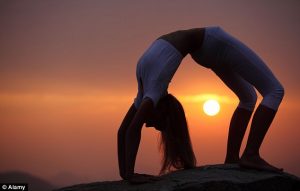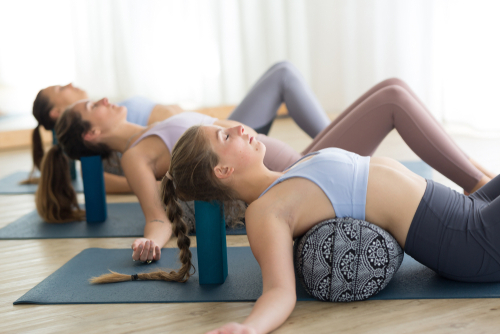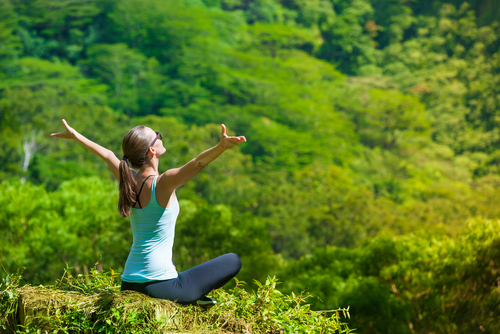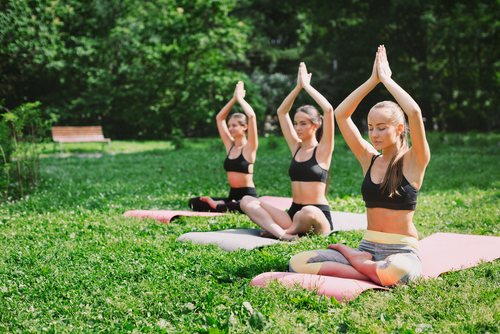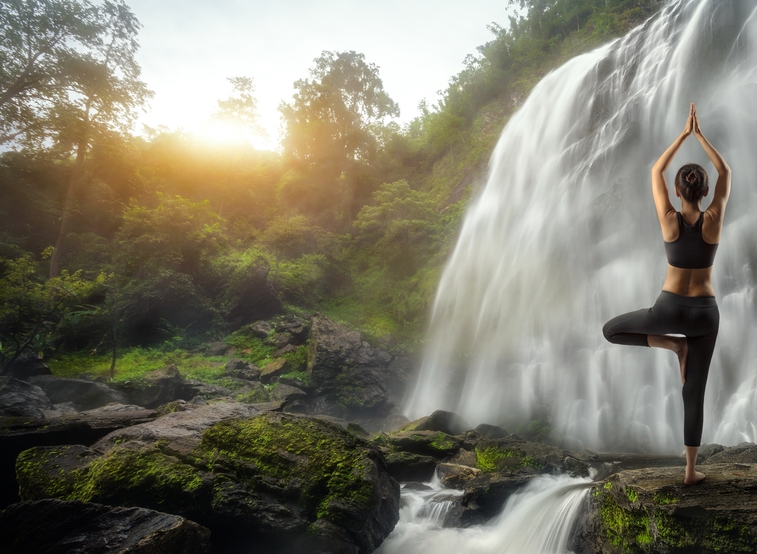In Yoga, we often talk about making changes from within. These small changes affect the world around us. To make a change from within is a difficult task. No matter how much you change, it might seem as if the world around you lacks motivation.
The truth is – Yoga is not for everyone because it requires commitment. These days, making a commitment, in any phase of life, is a rarity. Yet, everyone you know has dreams of achievement at something. Even a low achiever dreams about something better. Let’s look at three ways to raise your motivation with Yoga.
Surround yourself with self-motivated people. The most obvious place, to find motivated people, is in groups. If you visit a Yoga class, health club, or support group, you will find people who strongly desire to make a positive change. There is no guess work here.
On the other hand, pessimists can easily be found. It is easy to spot them. They will tell you, the weather is always bad and nothing ever works right. Whenever it is possible, find your way back to a group of optimists. This will change your attitude and life dramatically.
Permanently adjust your perspective. Look at the happy side of everything. Stop looking at life with a cynical viewpoint. Enjoy your life by living a Yogic lifestyle. Proper eating, breathing, exercising, praying, and sleeping, can be altered much like a prescription.
After awhile, you may feel like you need a vacation from living a healthy life. You do not have to give up everything you enjoy. For example: If you enjoy chocolate ice cream, you can still enjoy it in moderation. “Sauca” is sometimes referred to as cleanliness and moderation in diet. One of the keys to a happy life is in walking the middle path of moderation in our deeds, thoughts, and words. Read more »


 July 16th, 2018
July 16th, 2018  Petra Trevino
Petra Trevino 

